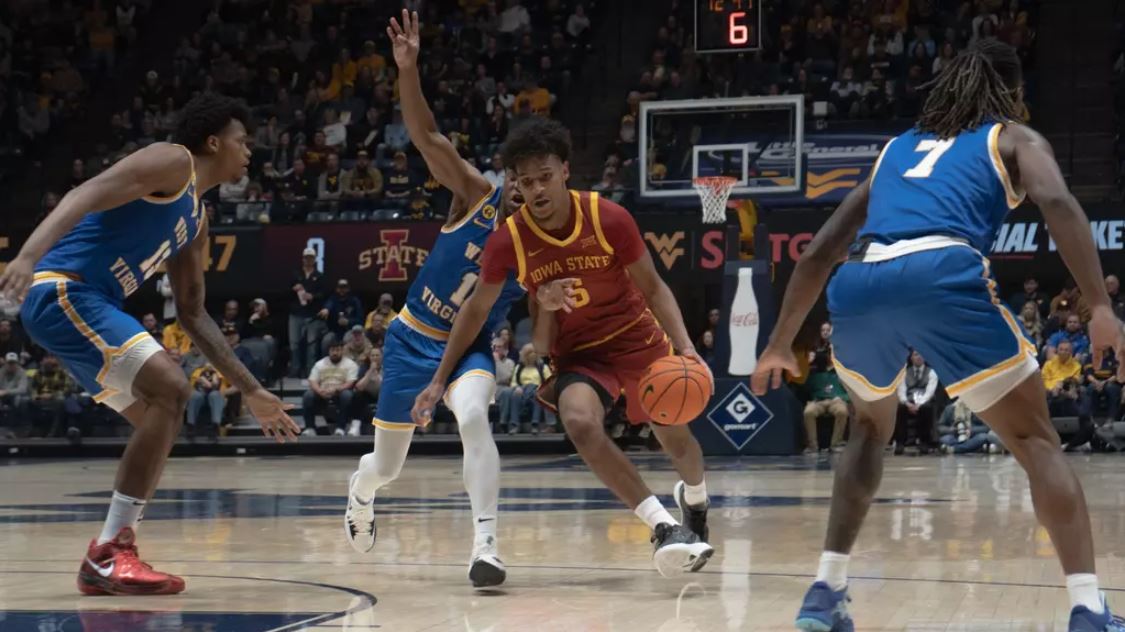Become a fan of the fans as ‘Bleacher Bums’ take the stage
September 22, 2004
Watching live sports is all about the fans.
Why pay a lot of money to see something you could see on ESPN for free? The answer is simple — the crazy guy in the paint, or the fan that yells at the umpire or the chick behind you with the unhealthy obsession with the third baseman.
“Bleacher Bums” is a comedy by Joe Mantegna that takes place in the nosebleed section of Chicago’s Wrigley Field.
This play is for and about true fans. The audience witnesses the characters’ reactions to the game, to each other and to themselves.
William Rock, senior in agricultural business, plays the outcast Richie, and says the cast is still amused by the script.
“We’ve been practicing for weeks, and there’s still places where we laugh,” Rock says. “It’s a good sign.”
Updated and set during an afternoon game between the Chicago Cubs and their archrivals, the St. Louis Cardinals, “Bleacher Bums” even tries to relate to those uninterested in baseball, says Clay Koberlein, senior in management information systems, who plays Decker.
Decker is a suave businessman who likes to bet on the games and convince everyone to like him.
The play uses lineups from 1998 season, when Sammy Sosa and Mark McGwire were racing to break Roger Maris’ single-season home run mark.
Extensive knowledge of baseball is not needed to enjoy the play, because it revolves mostly around those watching, than those playing.
Koberlein says the real spectacle comes not from the field, but from the stands.
“A lot of people don’t like to watch baseball on TV,” Koberlein says. “But there’s something about being in the stands, the camaraderie.”
The group of characters assembled in this particular section feed off of each other, Koberlein says. The personalities are different enough to conflict but love of the game and devotion to the team bring them all together.
First performed in 1979, “Bleacher Bums” still holds the audience’s attention.
The themes of hope and desperation are as true to current Cubs fans as they were 25 years ago, Koberlein says.






